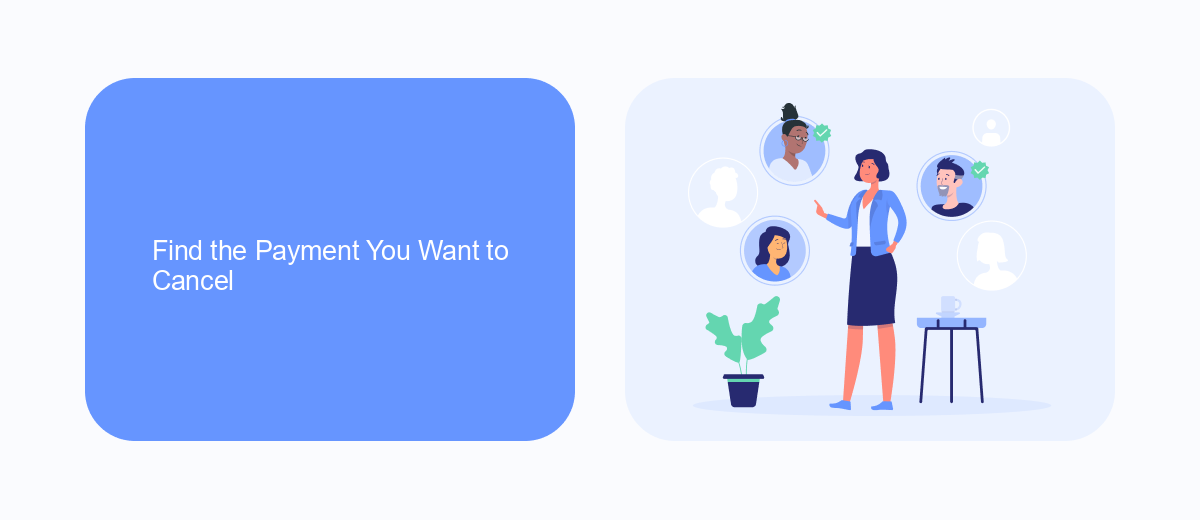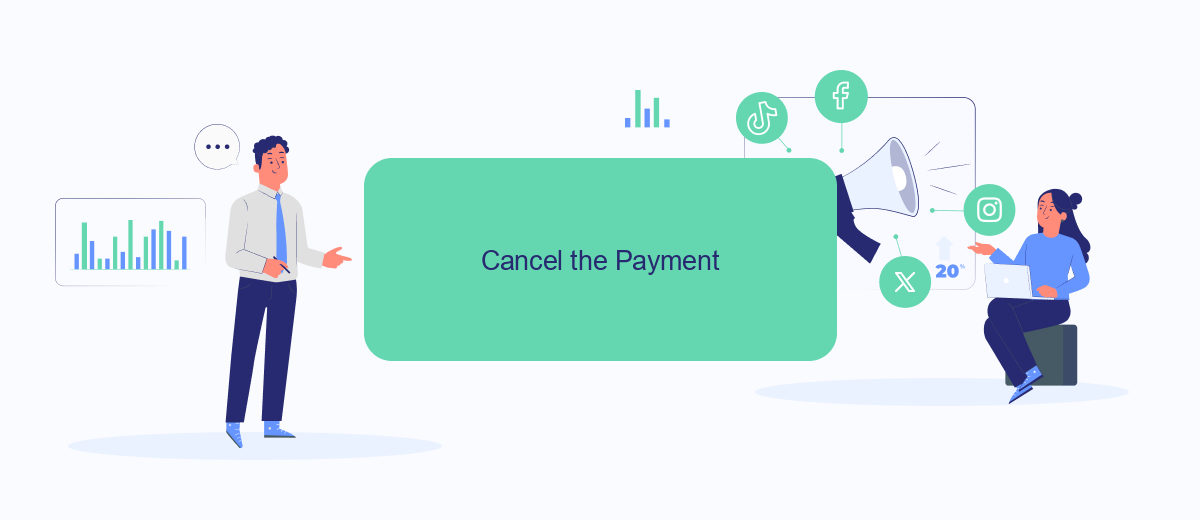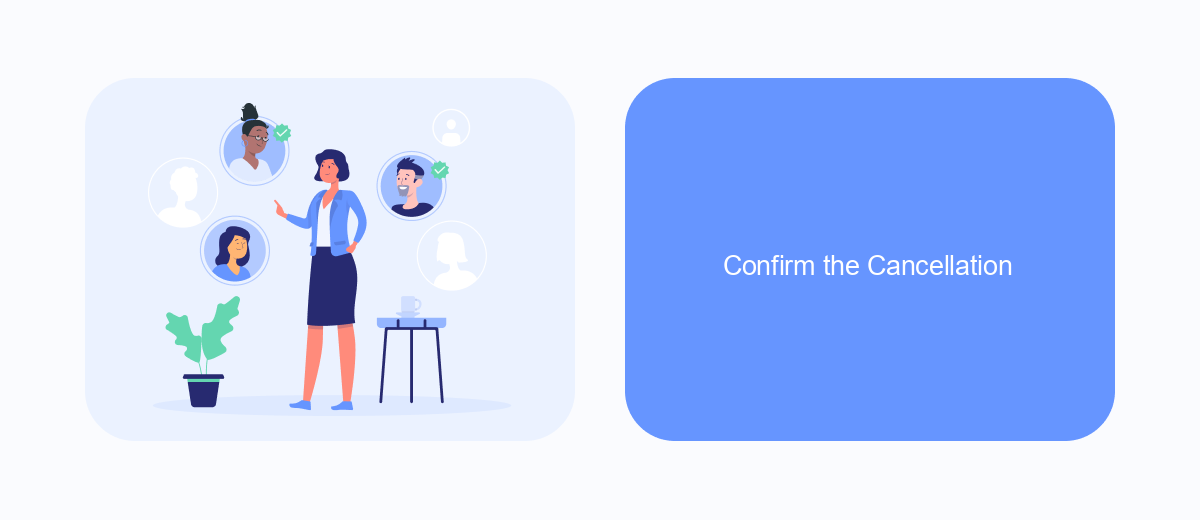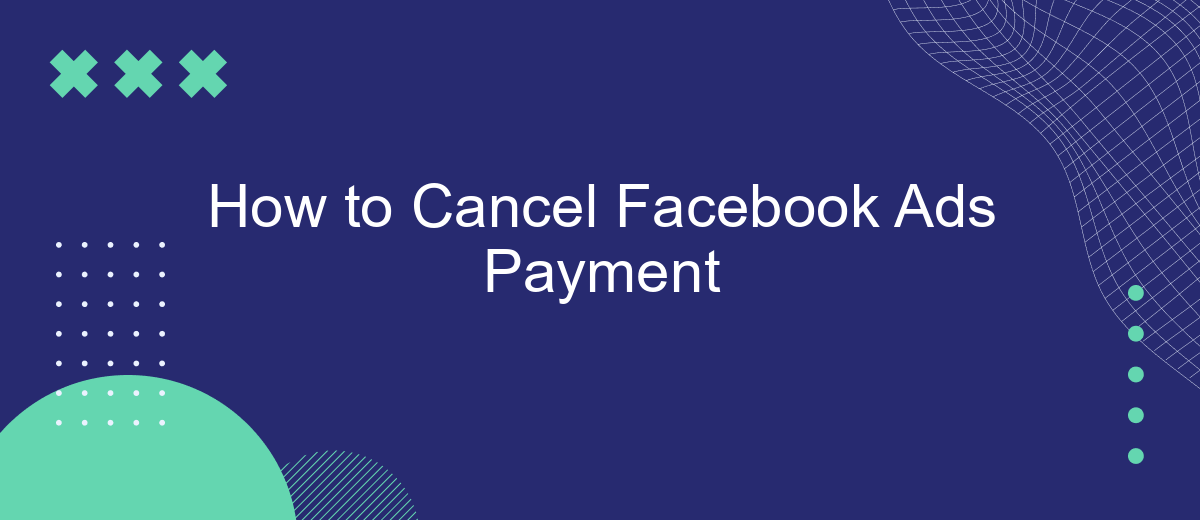Canceling Facebook ads payments can be a crucial step for businesses and individuals looking to manage their advertising budgets effectively. Whether you're pausing a campaign or permanently stopping ad payments, understanding the process is essential. This guide will walk you through the necessary steps to cancel Facebook ads payments, ensuring you stay in control of your financial commitments.
How to Cancel a Facebook Ads Payment
Canceling a Facebook Ads payment can be necessary for various reasons, such as budget adjustments or campaign termination. To ensure a smooth process, follow these steps to cancel your payment effectively.
- Log in to your Facebook Ads Manager account.
- Navigate to the Billing section.
- Select the payment you wish to cancel.
- Click on the "Cancel Payment" button.
- Confirm your cancellation by following the on-screen instructions.
For businesses looking to streamline their ad management and automate processes, integrating third-party services like SaveMyLeads can be highly beneficial. SaveMyLeads offers seamless integration with Facebook Ads, allowing you to automate lead management and ensure that your advertising budget is used efficiently. This can help prevent the need for frequent payment cancellations and optimize your overall ad strategy.
Find the Payment You Want to Cancel

To locate the payment you wish to cancel, start by logging into your Facebook Ads Manager account. Once you're in, navigate to the "Billing" section, which you can find in the main menu. Here, you'll see a list of all your recent transactions, including details such as the payment date, amount, and payment method. Carefully review these transactions to identify the specific payment you want to cancel. If you have multiple ad accounts, ensure you are viewing the correct one to avoid any confusion.
If you're using third-party services like SaveMyLeads to manage your Facebook Ads integrations, you can also find payment details within their platform. SaveMyLeads provides a streamlined interface that consolidates all your ad-related transactions and activities. Simply log in to SaveMyLeads, go to the "Payments" or "Billing" section, and look for the payment you wish to cancel. This can be particularly helpful if you manage multiple ad campaigns across various platforms, as SaveMyLeads offers a centralized location for all your payment information.
Cancel the Payment

Cancelling a Facebook Ads payment can be a straightforward process if you follow the right steps. Whether you want to stop an ongoing campaign or prevent future charges, it's essential to know how to navigate the Facebook Ads Manager effectively. Below are the steps you need to take to cancel a payment.
- Log in to your Facebook account and navigate to the Facebook Ads Manager.
- Click on the "Billing" section in the left-hand menu.
- Find the transaction you want to cancel and click on it to view more details.
- Select the "Cancel" option next to the payment you wish to stop.
- Confirm your choice by clicking "Confirm Cancellation" in the pop-up window.
For those who frequently manage multiple ad accounts, using a service like SaveMyLeads can simplify the process. SaveMyLeads offers seamless integration with Facebook Ads, allowing you to automate and manage your ad payments effectively. By connecting your Facebook Ads account with SaveMyLeads, you can ensure that you have more control over your advertising budget and avoid unwanted charges.
Confirm the Cancellation

Once you have initiated the cancellation process for your Facebook Ads payment, it is crucial to confirm the cancellation to ensure that no further charges will be incurred. This step is essential to avoid any unexpected costs and to verify that your request has been successfully processed.
To confirm the cancellation, log in to your Facebook Ads Manager and navigate to the Billing section. Look for any active payment methods and ensure that they are no longer linked to your account. Additionally, check for any pending payments or invoices that need to be addressed.
- Log in to Facebook Ads Manager
- Go to the Billing section
- Verify the removal of active payment methods
- Check for pending payments or invoices
If you are using integration services like SaveMyLeads to manage your Facebook Ads, make sure to update or disconnect the integration to prevent any automatic transactions. Confirming the cancellation is a vital step to ensure that your account is fully updated and free from any unwanted charges.
Review Your Refunds
Once you have canceled your Facebook ads payment, it is crucial to review your refunds to ensure everything is in order. Start by logging into your Facebook Ads Manager and navigating to the Billing section. Here, you can see a detailed breakdown of your transactions, including any refunds that have been processed. Make sure to check the status of each refund and note the expected processing time, as it may take a few business days for the funds to be credited back to your account.
For a more streamlined experience, consider using integration services like SaveMyLeads. This platform can help automate the process of tracking your refunds and managing your ad spend more efficiently. By connecting your Facebook Ads account to SaveMyLeads, you can receive real-time notifications and detailed reports on your refunds, ensuring you stay informed and in control of your advertising budget. This way, you can focus on optimizing your campaigns while the platform handles the administrative tasks.


FAQ
How can I cancel my Facebook Ads payment?
What happens to my ads if I cancel the payment method?
Can I get a refund for my Facebook Ads payment?
How do I ensure my future ads are not charged to my account?
Is there a way to automate the cancellation of Facebook Ads payments?
Would you like your employees to receive real-time data on new Facebook leads, and automatically send a welcome email or SMS to users who have responded to your social media ad? All this and more can be implemented using the SaveMyLeads system. Connect the necessary services to your Facebook advertising account and automate data transfer and routine work. Let your employees focus on what really matters, rather than wasting time manually transferring data or sending out template emails.
